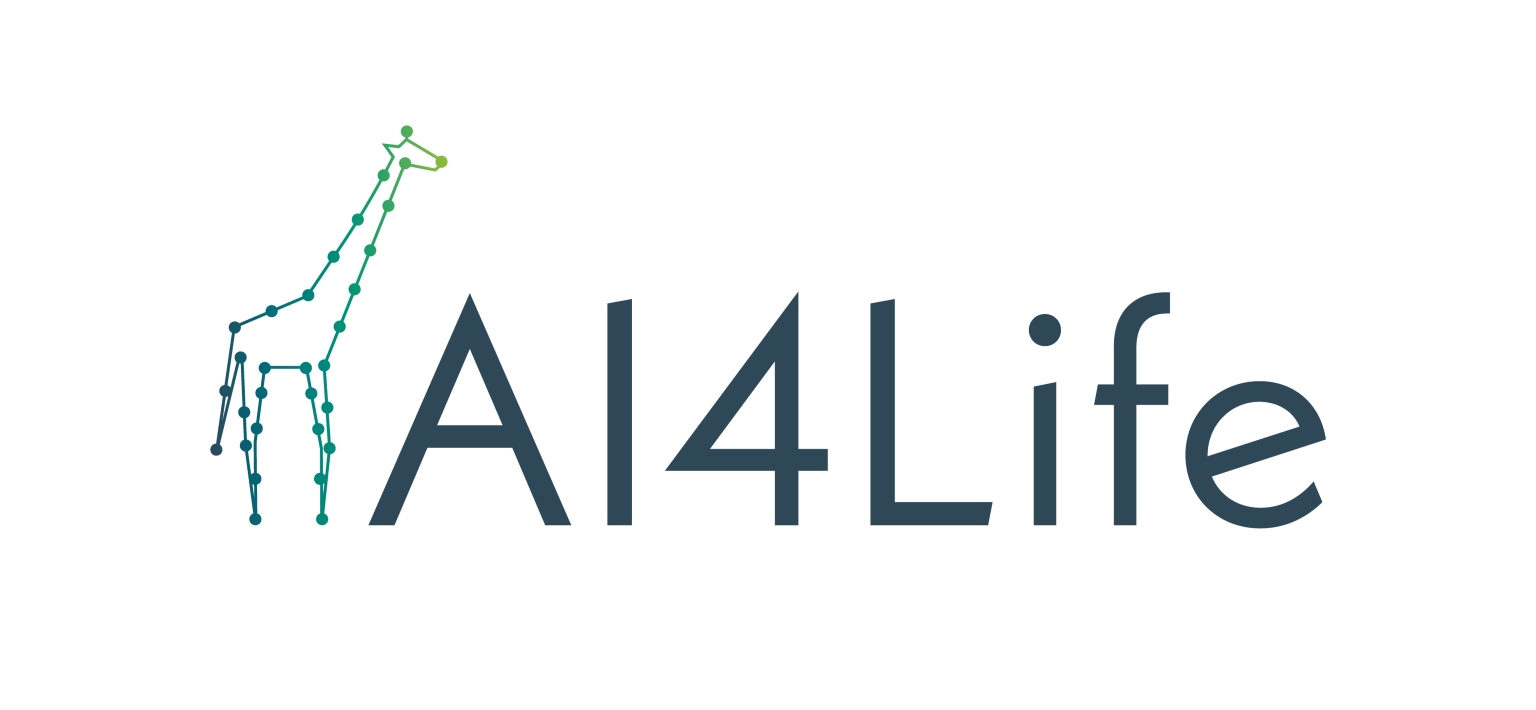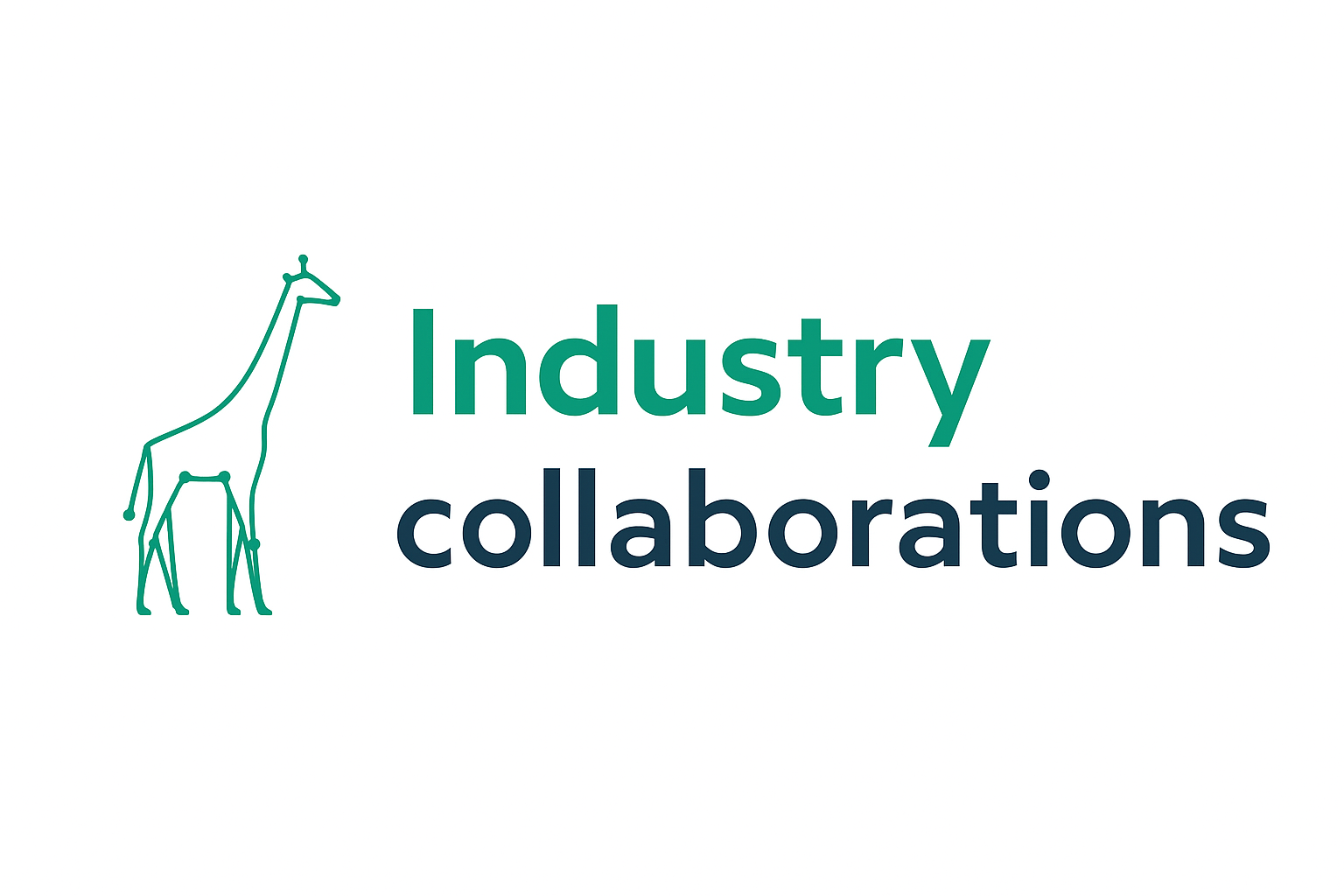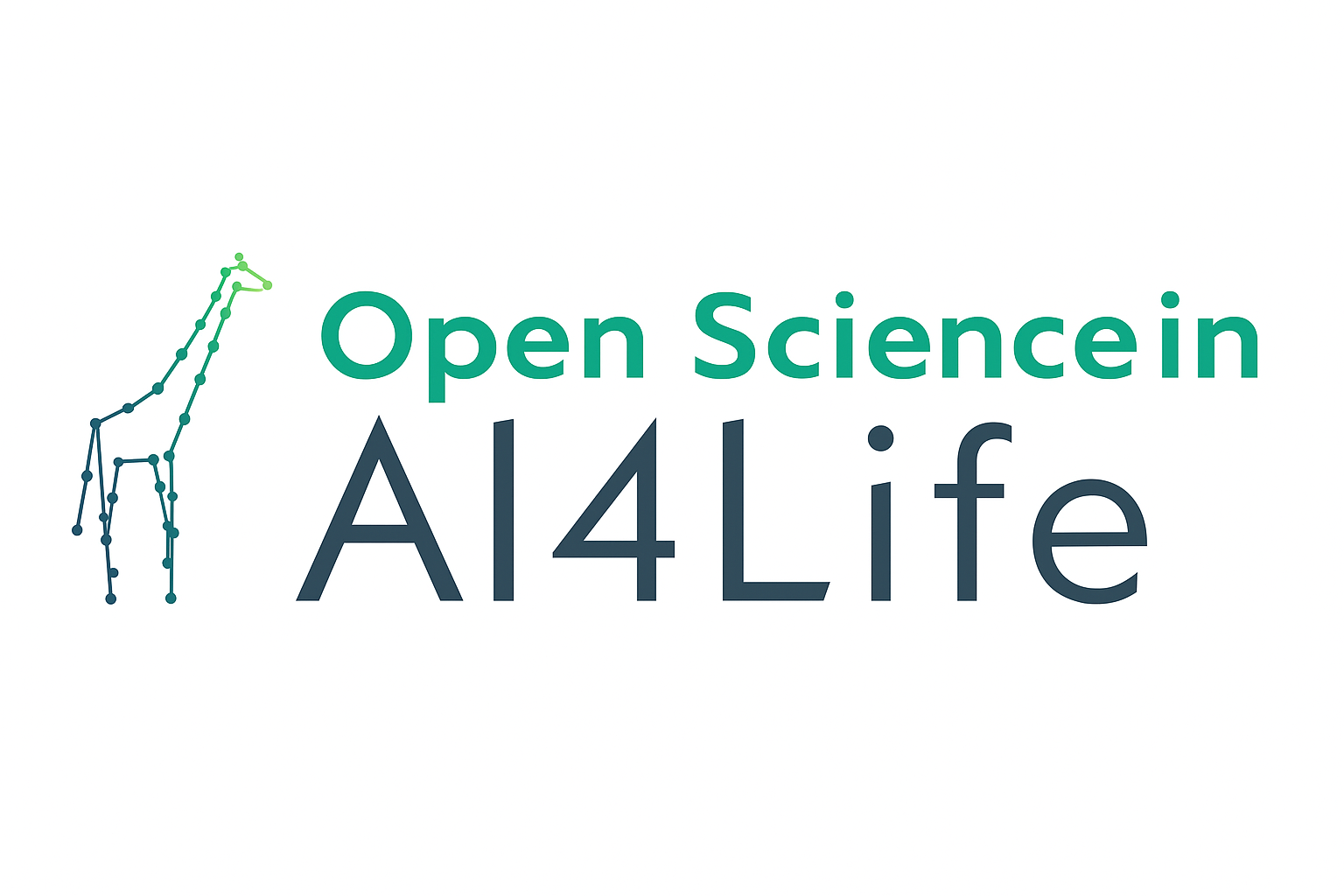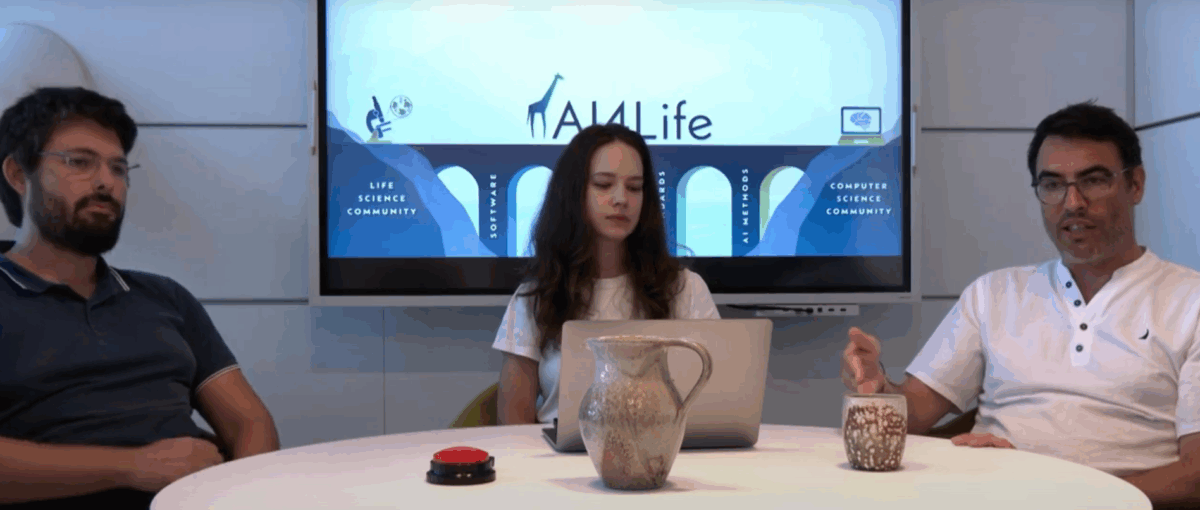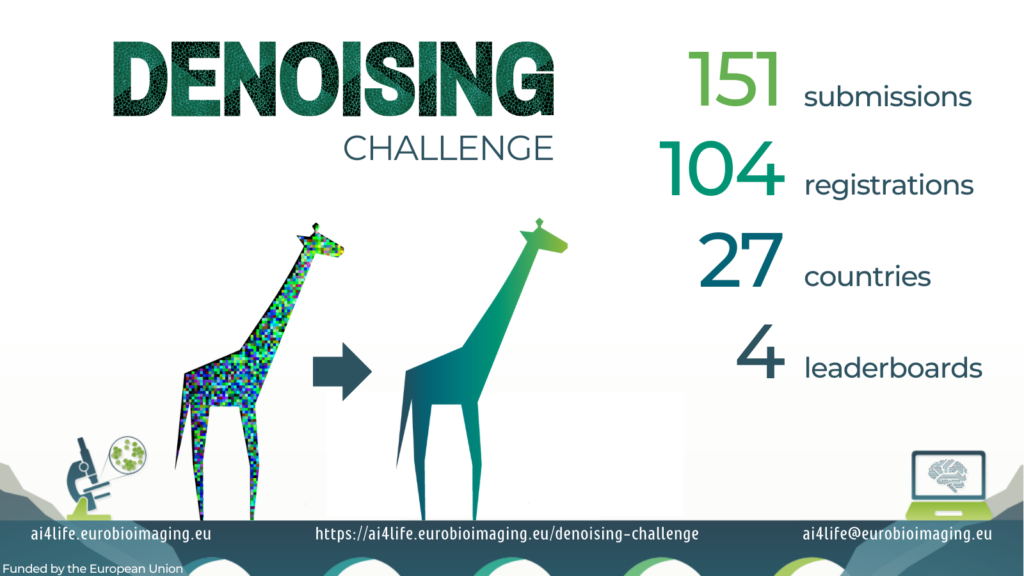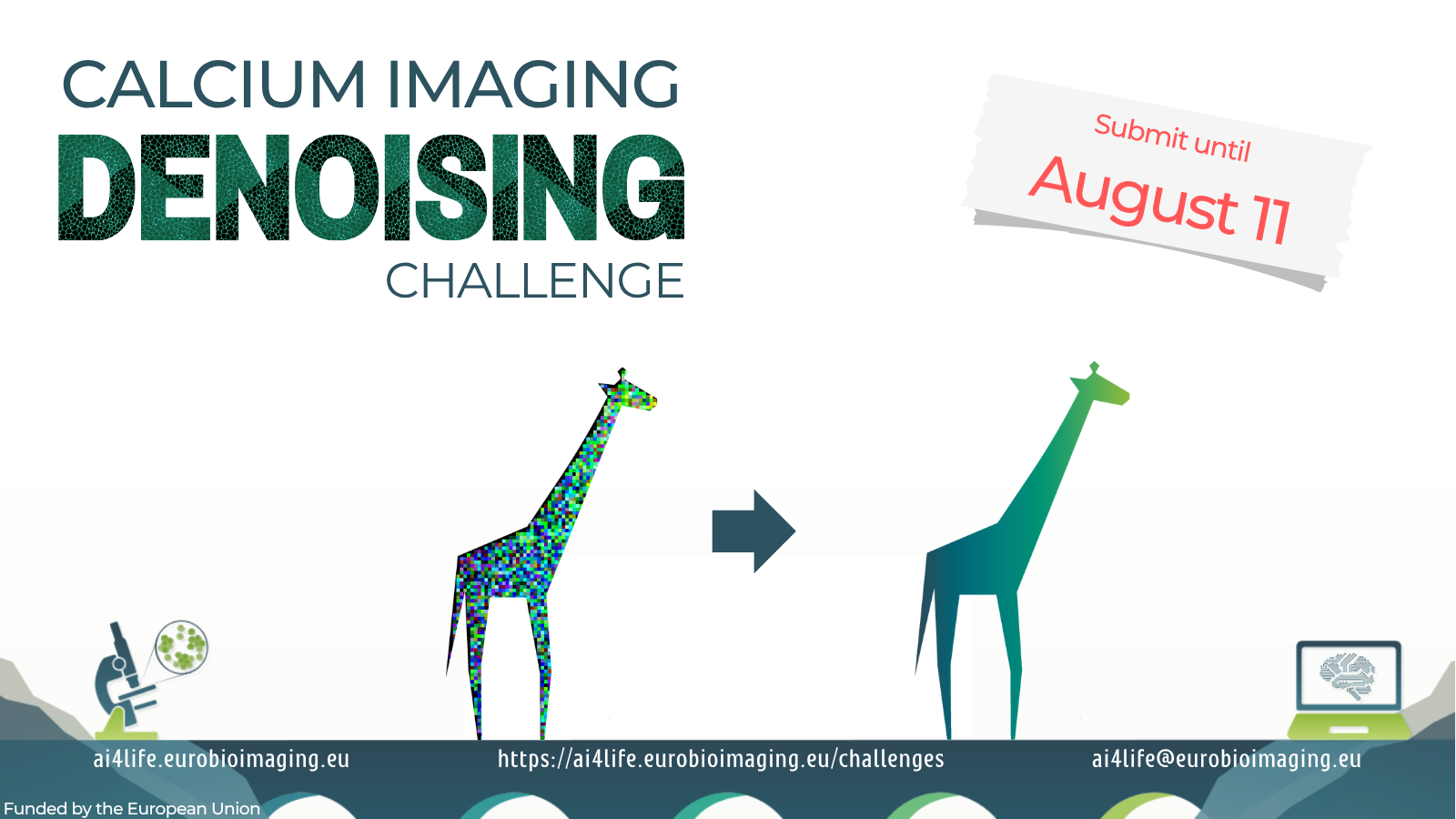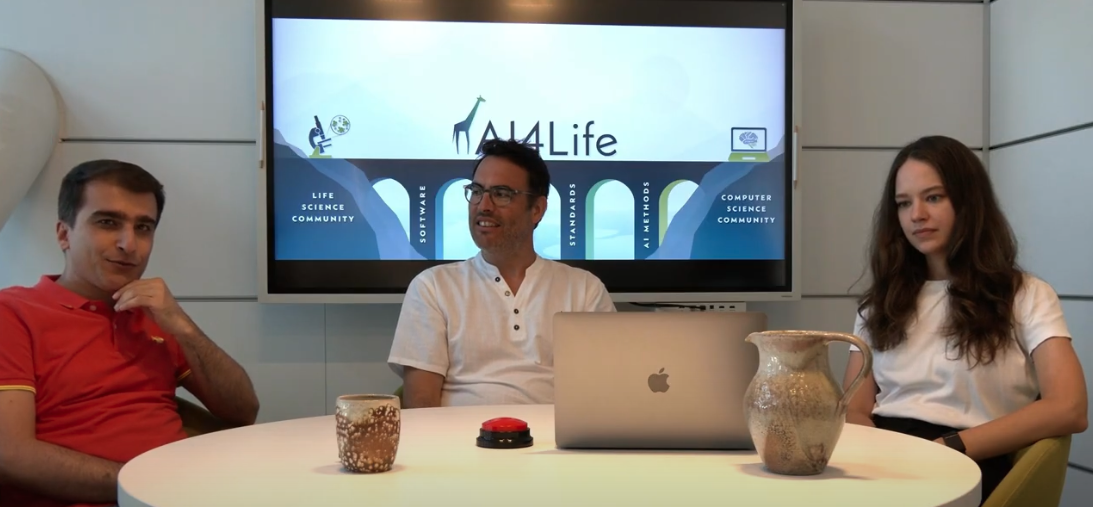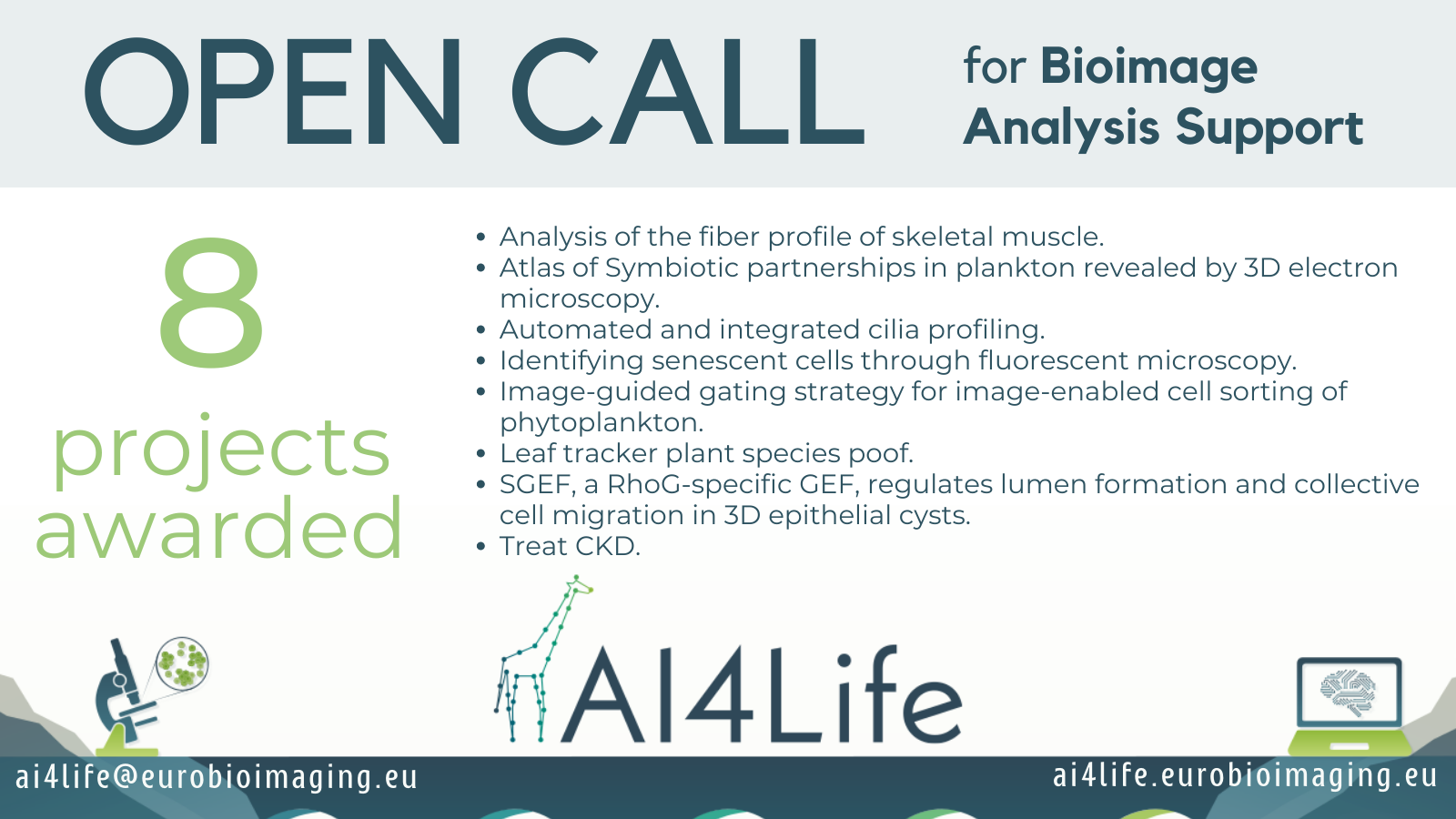In retrospect: AI4Life key results and impact
The overall aim of the Horizon Europe-funded AI4Life project (September 2022 – August 2025) was to bridge the gap between life sciences and artificial intelligence (AI), focusing on bioimage analysis. Coordinated by Euro-BioImaging ERIC and supported by other leading European research infrastructures, the project aimed to democratise access to AI-based image analysis tools, foster interoperability, and promote FAIR and Open Science principles.
Over three years, AI4Life delivered a robust infrastructure, community-driven services, and standards that enable researchers to share, discover, and reuse AI models and data for bioimage analysis across disciplines, thus promoting sustainable AI adoption in life science research.
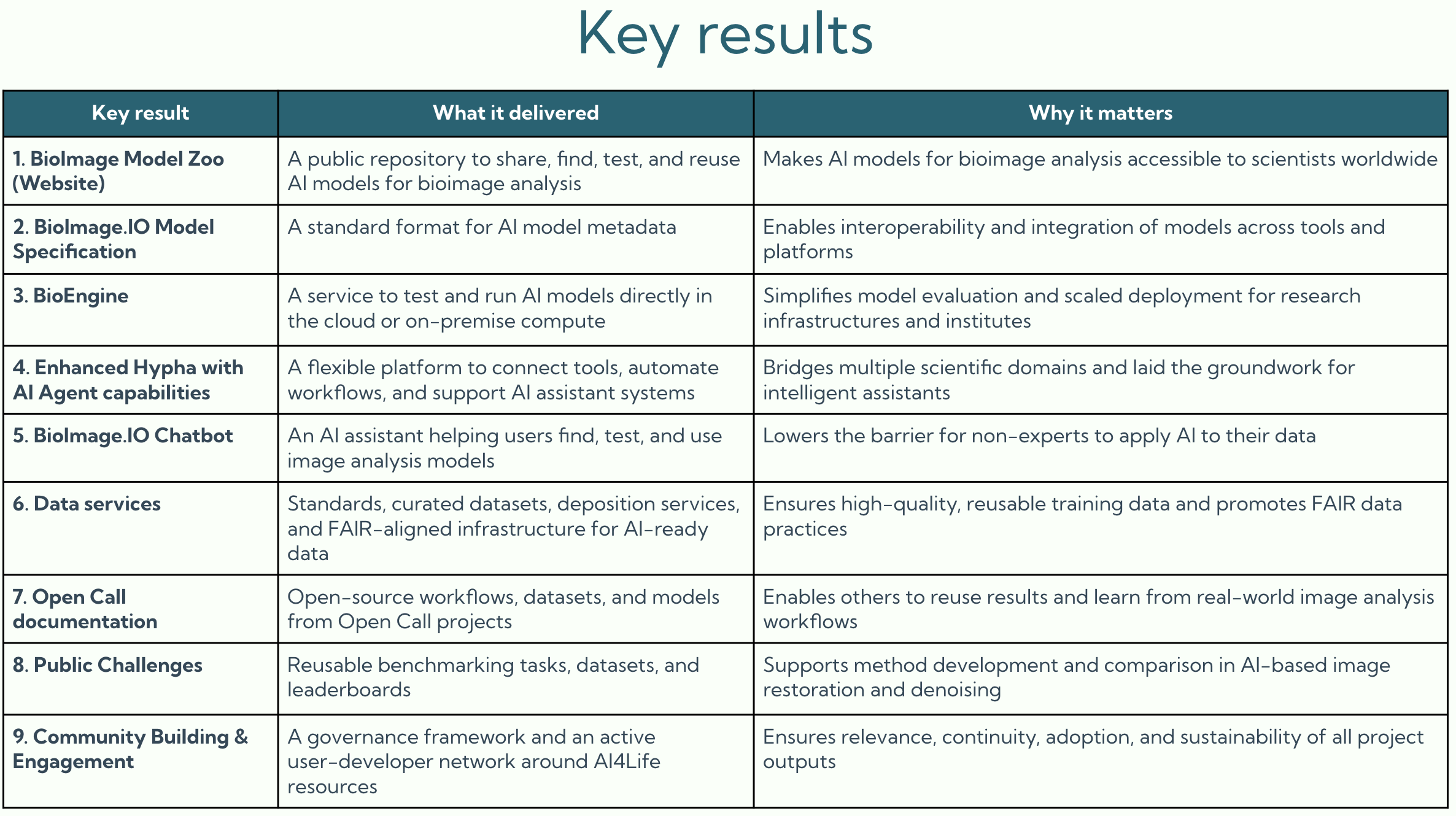
The BioImage Model Zoo (BMZ) is at the heart of these achievements, a centralised platform that democratises access to pre-trained AI models. By offering models with standardised metadata, reproducible deployment options, and integration with widely used analysis tools, the BMZ empowers life scientists – regardless of their computational expertise – to apply cutting-edge AI methods to their imaging data.
Complementing the BMZ, AI4Life developed the BioEngine, a scalable service for testing and deploying models and Hypha, a modular platform now enhanced with AI agent support for automated data management and scientific discovery. These infrastructures reduced the technical overhead traditionally associated with AI adoption.
To further ease model discovery and use, the BioImage.IO Chatbot was introduced, allowing users to explore and apply models interactively. AI4Life also launched a series of Open Calls and Public Challenges, directly supporting life scientists and generating reusable workflows, datasets, and benchmarking tasks. These initiatives fostered community engagement and accelerated the development of robust, generalizable AI solutions.
The project’s commitment to FAIR principles is evident in its data services, which include curated datasets with ground-truth annotations, standards for AI-ready data, and deposition services to ensure reproducibility. These resources are openly available via the BioImage Archive and Zenodo, reinforcing transparency and reuse.
Crucial for all these efforts was the AI4Life community engagement and building. From the outset, AI4Life strongly emphasised developing its resources with the community, not just for it. The project created a network of community partners, including academic developers, research infrastructures, and software tool creators who contributed compatible models, datasets, and technical expertise. This co-development approach ensured that tools and standards reflected real user needs and that outcomes could be immediately integrated into existing research practices.
Altogether, these results empower researchers, developers, and infrastructures to adopt and contribute AI solutions with minimal technical barriers. Sustainability is ensured through integration with Euro-BioImaging, EMBL-EBI (BioImage Archive), EOSC platforms, and a newly established AI4Life governance framework involving founding partners and community boards.
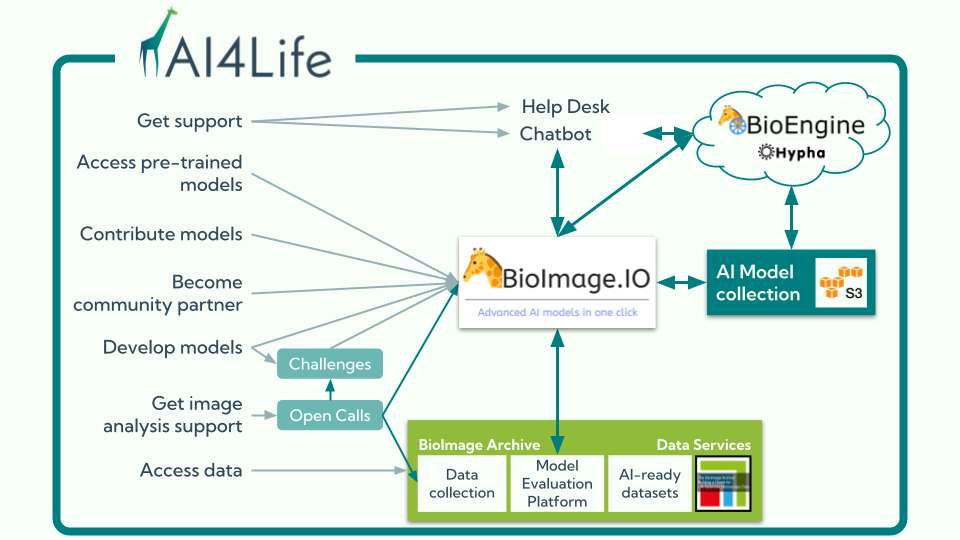
From results to impact
Through its open outputs, collaborations, and measurable uptake within the research community, AI4Life has generated meaningful scientific impact. Over the project, more than 40 scientific publications – including 27 peer-reviewed articles – were produced, accumulating nearly 200 citations. All deliverables, datasets, and software are available via Zenodo, the BMZ, and the BioImage Archive, demonstrating the project’s commitment to transparency and early dissemination.
AI4Life has also made a lasting contribution to improving interoperability across widely used image analysis tools. Researchers can now apply advanced deep-learning models without extensive technical expertise by enabling direct access to BMZ models within Fiji, ilastik, ImJoy, CAREamics, and BiaPy.
Training and outreach activities have also been central to AI4Life’s scientific impact. Through workshops, hackathons, and hands-on courses across Europe, AI4Life provided targeted training for computational and experimental scientists. The Open Calls and Public Challenges created collaborative opportunities that yielded new workflows and ground-truth datasets, some of which have already resulted in publications and new benchmark resources for method development.
These efforts have built an active interdisciplinary community that connects developers and users, enabling AI-based analysis to become a regular component of biological research rather than a specialist activity.
AI4Life has also significantly contributed to the European and international Open Science and FAIR data agendas. The project promoted complete transparency in research by making all its outputs – data, models, and code – publicly accessible under open licences. AI4Life operationalised key components of the EU’s Open Science and data management policies by embedding reproducibility, open licensing, and persistent identifiers into all its services. These practices make the project a practical example of how FAIR and open principles can be implemented in everyday scientific workflows.
AI4Life’s standardisation efforts represented key policy contributions. The MIFA (Metadata, Incentives, Formats, Accessibility) recommendations developed in AI4Life and the community have become an influential reference for the FAIR sharing of annotated image datasets. The project also advanced the BioImage.IO model specification and aligned its work with the Research Data Alliance FAIR4ML Interest Group, contributing to broader standards for machine-learning metadata. These efforts provide a concrete implementation of FAIR principles for AI models and datasets already being adopted by community software tools.
Integration into the European Open Science Cloud (EOSC) further ensured AI4Life’s policy, scientific relevance, and long-term availability. Through collaboration with the AI4EOSC project, AI4Life models are now deployable within the AI4OS platform, connecting life science users directly with European computing resources.
Beyond its scientific and policy contributions, AI4Life has generated early economic, societal, and environmental benefits.
Economically, the infrastructure and services developed within AI4Life reduce duplication of effort and support cost efficiency. By offering standardised, validated AI models and interoperable tools, laboratories and companies can avoid redeveloping similar solutions and instead adapt existing ones. Collaborations with industry leaders such as Leica Microsystems have demonstrated how project outputs can be incorporated into commercial image analysis platforms, expanding their reach to a global user base. Moreover, the creation of the KTH spin-off Amun AI, which builds on AI4Life’s Hypha software improvements, illustrates how project-generated technologies can evolve into business applications.
AI4Life’s approach also has environmental implications, as the reuse of models reduces redundant computation and data storage. Adopting shared infrastructures and containerised deployments promotes more resource-efficient research practices, aligning with broader European goals for digital sustainability.
From a societal perspective, AI4Life has contributed to responsible and transparent AI adoption in life sciences. The project enhances trust and reproducibility in computational AI-based research by linking models to peer-reviewed publications and training data and enforcing open licensing.
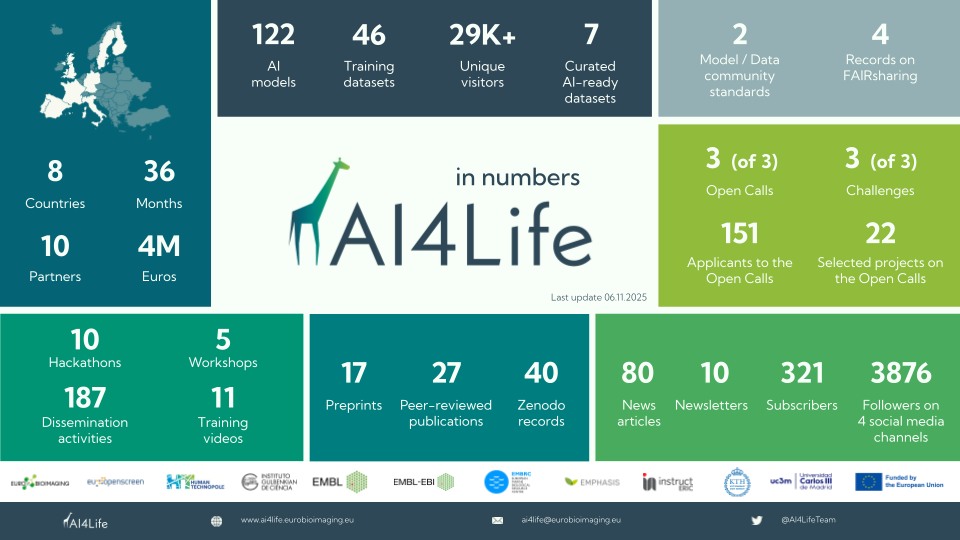
A sustainable foundation for open and impactful bioimage analysis
AI4Life has laid the foundation for an active, sustainable ecosystem of AI-powered bioimage analysis. Through its infrastructure, standards, and community engagement, AI4Life has created a robust framework that strengthens Europe’s capacity for data-driven discovery, ensuring that tools are and remain FAIR, open, and impactful, and supporting the responsible and collaborative use of AI in the life sciences.
Stay connected
Community governance is open and transparent. Anyone can join our weekly Wednesday meetings at 16:00 CE(S)T:
- First week of the month: Community Board (with current and prospective Community Partners).
- Other weeks: Technical Board (with Task Forces spun up as needed).
The same Zoom link will be used for all meetings, and agendas are kept in HackMD, and meeting notes are posted to GitHub for wider visibility (details here).
Follow Euro-BioImaging and our partners to hear more about upcoming developments, community opportunities, and how you can get involved in shaping the BioImage Model Zoo.
And don’t forget to subscribe to the Euro-BioImaging Newsletter!
